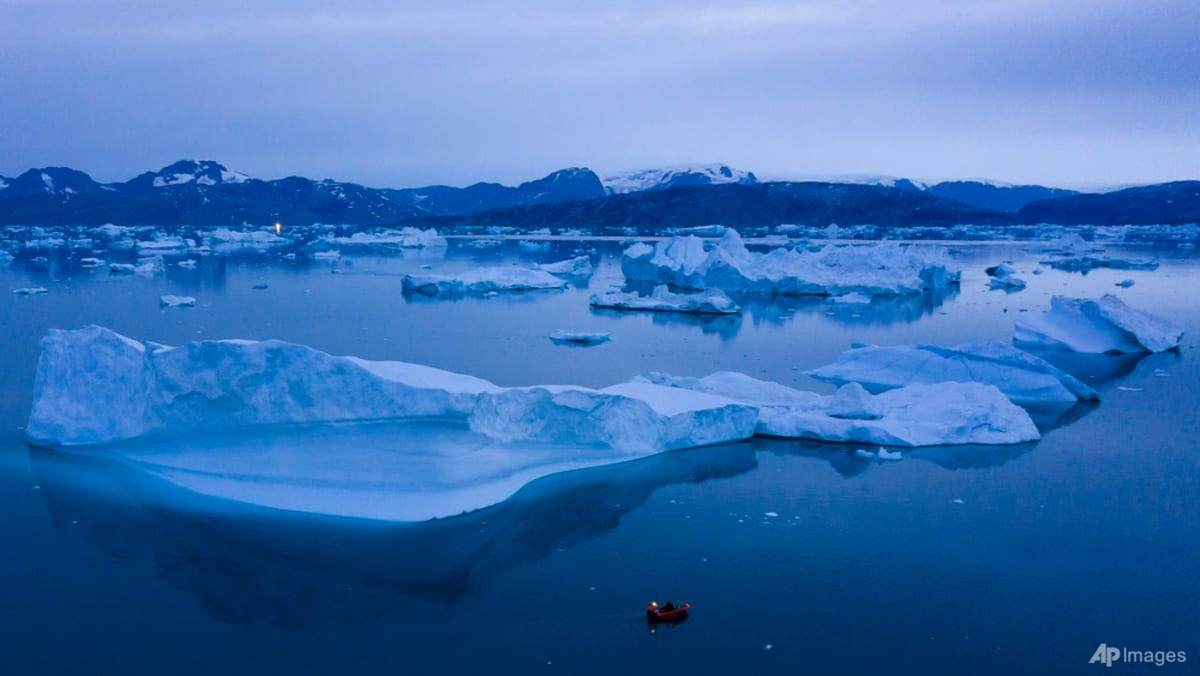A WHOLE RANGE OF UNINTENDED CONSEQUENCES
Take, for instance: sea curtains. The idea involves installing artificial structures to keep warm water reaching the Antarctic and Greenland ice sheets, thus preventing glacier melt and sea-level rise.
The Seabed Curtain project, a research programme led by the University of the Arctic, envisions an 80km-long structure anchored to the seabed, 650m deep, with 150m-tall curtains (made from as-yet undetermined material).
Sounds pretty ambitious, but you don’t know the half of it. A paper published in Frontiers In Science highlights the dangers of a number of proposed polar geoengineering methods, including sea curtains.
The authors note that installing infrastructure at depth on various different seafloor surfaces is extremely challenging even before you’ve taken into consideration the harsh environment and remoteness. Access to the building site may only be possible for a few months each year, and even then, conditions remain difficult with 56 per cent of cruises to the area experiencing at least partial disruption or difficulty entering or exiting the area.
It would not be cheap – some scientists estimate that an 80km divider in West Antarctica would cost at least US$80 billion – and may cause a whole range of unintended consequences, such as the disruption of marine life and redirection of warm water elsewhere, which could speed the melting of an adjacent glacier. Not to mention the construction and installation of the behemoth structure would release huge amounts of carbon emissions.
Other proposals examined include the release of hollow glass beads over first-year Arctic ice to increase the amount of solar energy it reflects and increase its survival chances. The Arctic Ice Project, a US-based research initiative, recently shut down after tests showed that its tiny silica orbs posed a risk to the Arctic food chain. As well as these toxic effects on biodiversity, it’s worth noting that for the plan to work, we’d need to produce 360 megatonnes annually, an amount equivalent to the annual global production of plastic.
